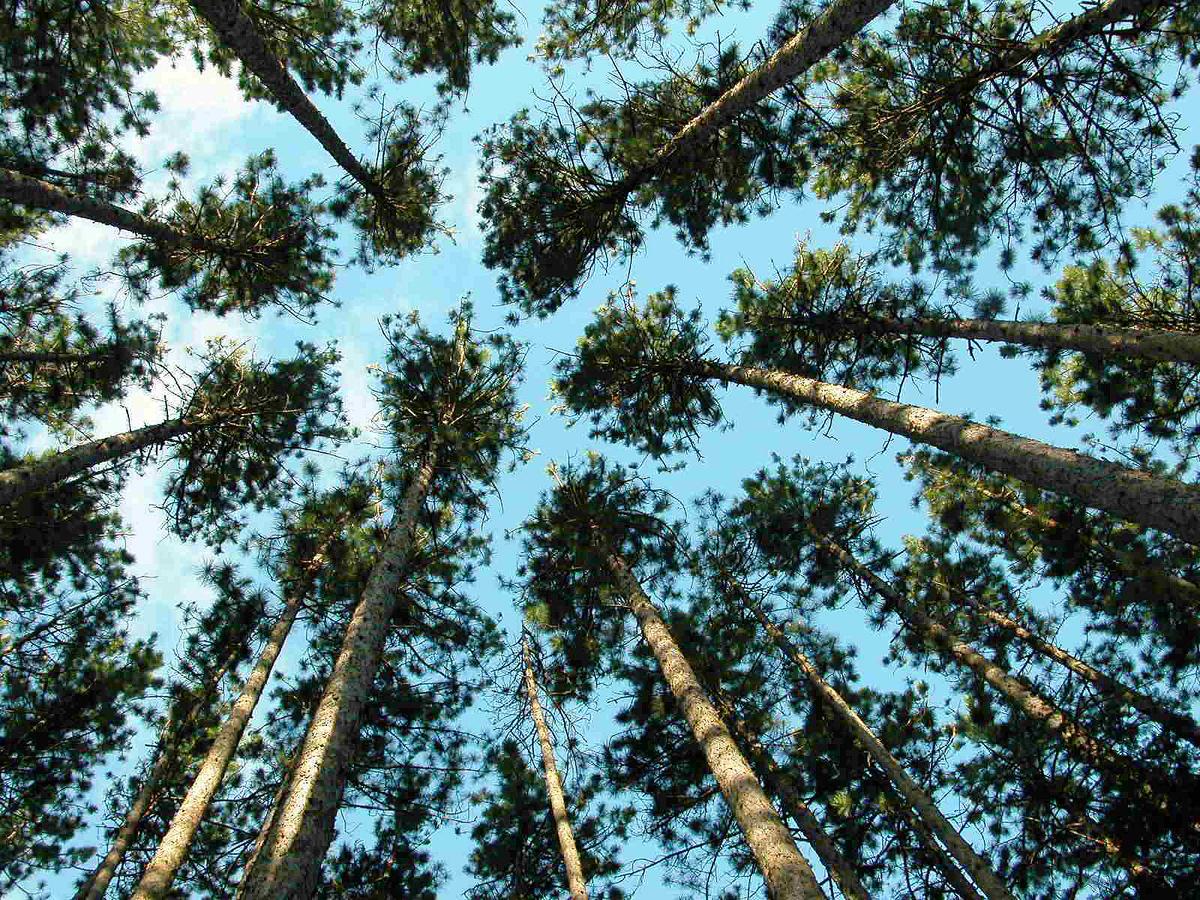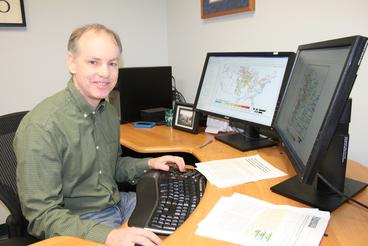Dad, you were wrong. Money does grow on trees. Or pretty close.
Forested lands have tremendous potential to reduce carbon dioxide in the atmosphere and slow or reverse climate change impacts. That’s great. But there’s growing interest in monetizing that ecosystem service and now landowners can reap the rewards of what forests do naturally.
It’s a trend that many states are moving ahead on and it’s time for Minnesota to get on board. NRRI is holding an invited workshop on October 8 to get the conversations started among large land managers at the city, county and tribal level. Other non-governmental organizations have also been invited.
States looking to reduce carbon emissions in the wake of increasing climate change impacts are moving toward setting caps on industry emissions. Those industries that can’t meet the cap limit must buy carbon credits from more efficient emitters or carbon offsets from landowners who manage for sequestered carbon. California is the first to onboard this “cap and trade” carbon program. Blandin UPM is currently Minnesota’s only large carbon offset project.
“Minnesota has tremendous potential to monetize carbon capture,” said Christopher Wright, NRRI landscape scientist. “Develop a management plan that can sequester carbon on the land, get a credit determination and sell it on the market.”
Wright instigated this workshop not only out of personal concern for climate change, but also because it meets NRRI’s mission to promote economic development around natural resources. This invited workshop will include background information on carbon markets, natural climate solutions and agricultural land use solutions, followed by panel discussions.
Currently, the cost of for carbon offsets is $15 per metric ton, which many investors think is very low and will increase dramatically.
“This is a growing trend and I want to help this be a priority for our state,” said Wright. “It’s a market-based solution that will drive innovation.”
How sequestion works
Carbon dioxide isn’t evil. Trees and plants need it to thrive, absorbing the carbon and converting it into sugar and cellulose. Trees store the carbon in their wood, roots and leaves. Trees and their wood resource are about 50 percent carbon by weight. As long as the wood stays whole as timber or solid wood products, the carbon is stored.
The natural carbon cycle includes a slow release of carbon into the atmosphere. But humans have released far more carbon and other greenhouse gases than is natural by the use of fossil fuels – coal, oil and natural gas. Deforestation and urban development globally means there are fewer trees to do the important work of sequestering carbon.

